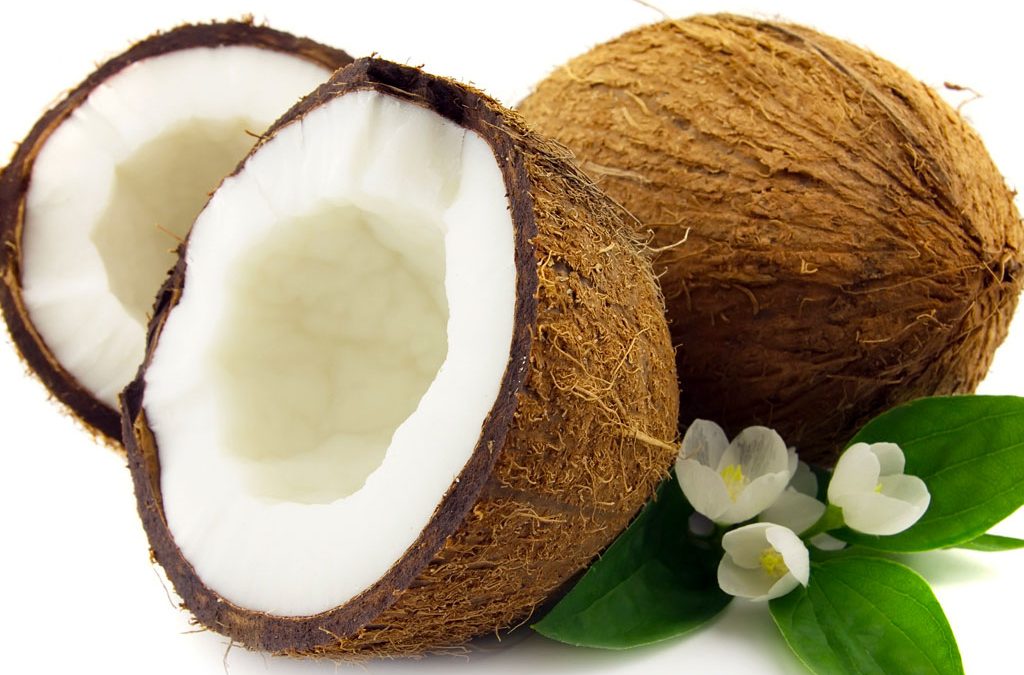
Coco Coir
Coconut coir is a widely available growing medium that is becoming quite popular. Coconut coir is made from the husk of the coconut, which is often considered a byproduct when coconut is used in other industries. Coconut husk is processed to produce fibrous material for use as a growing medium, and is noted for its exceptional water-absorption and water-holding capability.
History:
Coconut coir, fiber made out of coconut shells, has been used in different parts of the world for many years. It was used by ancient civilizations to make twine, mats and brooms, and was even used as a growing medium for plants in ancient India and China. Westerners caught on relatively late; people didn’t begin to use it as a growing medium again until the late 1980’s. In the early 1990’s word began to spread about its benefits, and commercial growers began to use it. Since then, its use has steadily increased in home gardening, vegetable and flower production, and also in the hydroponics industry.
Production and Uses:
Coconut coir is one of the most versatile materials that has ever been extracted from nature. The coir is actually produced by processing the coconut husk and taking out the long fibers. The husk is broken down into its fiber pith and dust. The number of ways it is used has increased exponentially in the last few decades, and if you’ve ever worked with the material it is easy to see why. Today, coconut coir is used to make everything from doormats to rubberized coir mattresses, decorative rugs, garden supplies and growing medium. It is used in the pet trade for animal enclosures because of its excellent water-holding capabilities. It is a natural product, and it has many more positive features that make it an ideal choice for modern soil less growing systems.
Industry Popularity:
Coconut coir is an excellent choice for commercial growers and hobbyists alike. Its use as a growing medium outperforms other substrates used for growing vegetables, herbs, and even ornamental plants. It is quickly becoming the # 1 preferred media in both hydroponic and organic culture, and for good reason. Its soft structure promotes superb root penetration and healthy growth. Coco coir is also 100% environmentally friendly! It is produced from a sustainable source (coconuts), and nothing is extracted from the ground or mined to produce it. Coco coir has the best physical and chemical properties to promote healthy plant growth.
Advantages of Coconut Coir:
- Coconut coir has a high water-holding capacity. It can hold water up to five times its weight and slow-releases it over a period of time.
- Coconut coir has ideal pH for growing plants, between 6.0-6.7
- It has excellent drainage and air porosity for better plant growth
- Coconut coir is very low in EC and carries mostly potassium salts, which is an essential major plant nutrient
- Cation exchange capacity is very good
- Coconut coir has some anti-fungal properties that help plants get rid of soil borne diseases. It also inhibits pathogens such as Pithium
- The medium is very easy to re-hydrate after being dehydrated
- It is biodegradable, but it breaks down very slowly and will last between 3 to 4 years
- It contains significant amounts of phosphorous (10-50ppm) and potassium (150-450 ppm)
- It is a 100% renewable resource
- Coconut coir is light in weight
- It is consistent in high quality
- Coconut coir is completely environmentally friendly
- The top of the product layer in grow bags and pots always remain dry, leaving behind no chances of fungal growth
- Coconut coir never shrinks, cracks or produces crust
- It promotes better root systems in a short time
- Coconut coir is odorless, pleasant to handle, and uniform in composition
How to Use:
Breaking
Coconut coir is available in disks, bricks, or blocks. Simply break the blocks or bricks into smaller pieces so they are easier to use.
Soaking
Soak these broken coir blocks (smaller pieces) in water for a few hours so it has time to rehydrate.
Removal of Excess Salts (Untreated Source)
There are many untreated coconut coir products available on the market, and a few that are already treated. For those untreated products, after soaking, add additional good quality water and let stand for a few hours. This will bring out the excesses of sodium and chloride in the solution. Drain the coconut coir in order to get rid of the excess sodium and chloride. It is now ready to use in containers or in bags for better growth of any kind of plants.
Coconut coir can be reused in gardens as compost after plants have been removed from it.
There are many advantages of coconut coir. It can be used alone or mixed with other media such as perlite for a super lightweight, effective medium. By using coconut coir, you minimize your chances of over or under watering plants because of its excellent water holding capacity. Once it is filled in bags, coconut coir can last up to three to four years. The space between the coconut coir fibers is filled 60% with water and 40% with air, making it an ideal choice for water absorption as well as oxygen exchange. Try coconut coir when you pot your next plant and see for yourself!

Perlite
Trackbacks and pingbacks
No trackback or pingback available for this article.
0 comments
Leave a reply Delete Message
Articles
Featured
-
 EzGro Quad Pot 50 PackRegular Price $499.90
EzGro Quad Pot 50 PackRegular Price $499.90 -
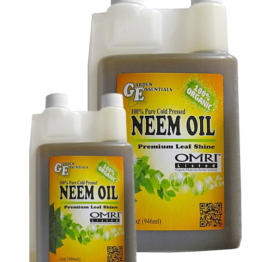 Cold Pressed Neem OilRegular Price $29.92 – $38.71
Cold Pressed Neem OilRegular Price $29.92 – $38.71 -
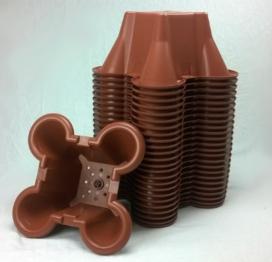 EzGro Quad Pot 25 PackRegular Price $274.99
EzGro Quad Pot 25 PackRegular Price $274.99 -
 EzGro Precision Micro TrimmerRegular Price $11.99
EzGro Precision Micro TrimmerRegular Price $11.99 -
 5000 Watt 48 Volt Power InverterRegular Price $899.00
5000 Watt 48 Volt Power InverterRegular Price $899.00 -
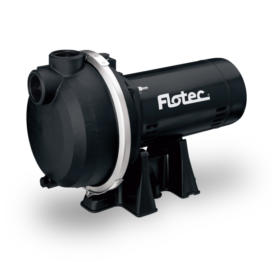 Thermoplastic Irrigation Pump 1 HPRegular Price $469.99
Thermoplastic Irrigation Pump 1 HPRegular Price $469.99 -
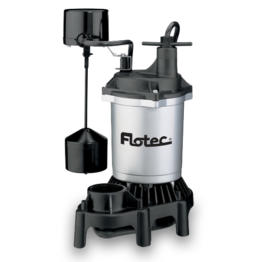 Submersible Thermoplastic Sump Pump 1/2 HPRegular Price $269.00
Submersible Thermoplastic Sump Pump 1/2 HPRegular Price $269.00 -
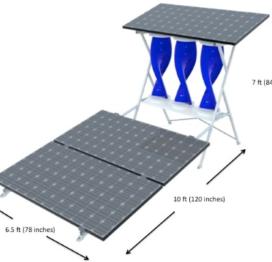 Tri-Helix Solar WindmillRegular Price $4,399.00
Tri-Helix Solar WindmillRegular Price $4,399.00 -
 Outdoor 3 Outlet Smart Plug TimerRegular Price $39.99
Outdoor 3 Outlet Smart Plug TimerRegular Price $39.99 -
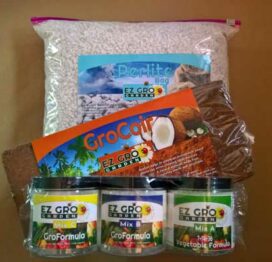 Patio Garden Recharge KitRegular Price $49.00
Patio Garden Recharge KitRegular Price $49.00









Thanks for the article and for creating a nice website. I have been looking for reliable information on gardening and can put these recommendations to use. I have found it difficult to locate honest suggestions, as there are so many sites with useless information. Definitely keep the good information flowing!